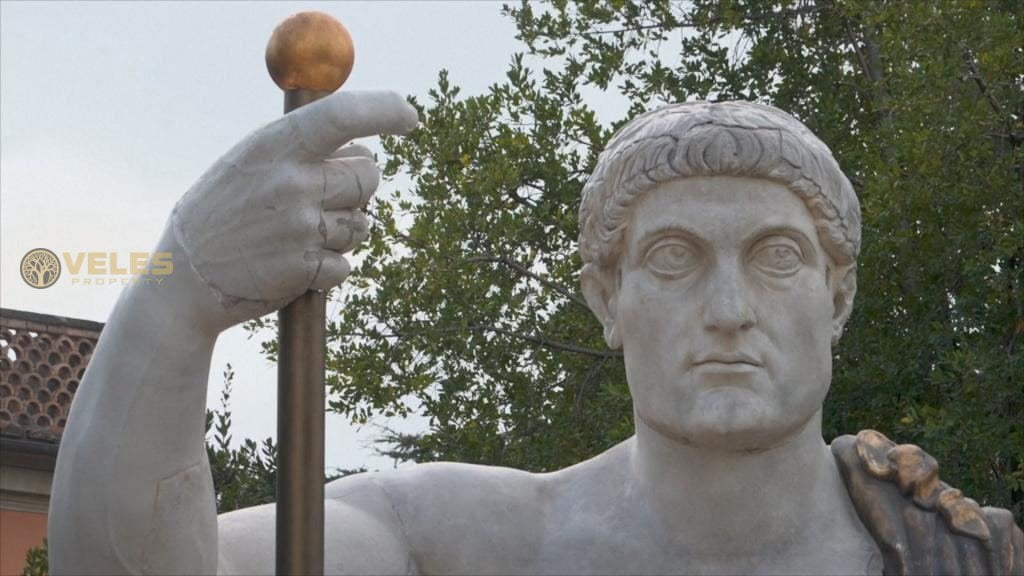The giant statue of Constantine the Great has returned to the Eternal City. Once upon a time it towered in the very heart of Ancient Rome. The eleven-meter-tall colossus was recreated by specialists from a company that preserves works of art.
Experts first looked to history, archeology and literature to understand what the statue might have been like. Then, using photographs of fragments of the sculpture, experts determined its size and shape. It took three days. Then they created a digital 3D model of the colossus. Then all the parts were printed on a 3D printer.
It took more than a year to recreate the Colossus of Constantine. Experts used resin, polyurethane, marble powder, gold leaf and plaster to make an imitation of the marble and bronze parts of the statue. By the way, it is supported by an aluminum structure.
Constantine the Great ruled Rome from 306 to 337. Under him, imperial power became unlimited. He significantly strengthened the state, and also made Christianity the dominant religion.
The huge statue was created at the beginning of the 4th century. It was made using the acrolite technique. It is characterized by the fact that the naked parts of the body are made of marble, and the clothes are made of painted or gilded wood. Researchers believe that Constantine the Great appeared in the form of the god Jupiter. The emperor himself adopted Christianity only before his death.
The statue was placed in the Basilica of Maxentius, the largest building in the Roman Forum. Later, the sculpture was destroyed, perhaps during the invasion of vandals. In the 15th century, several fragments were found: the head, the right hand, as well as parts of the arms and legs. They are kept in the Capitoline Museum in Rome.





